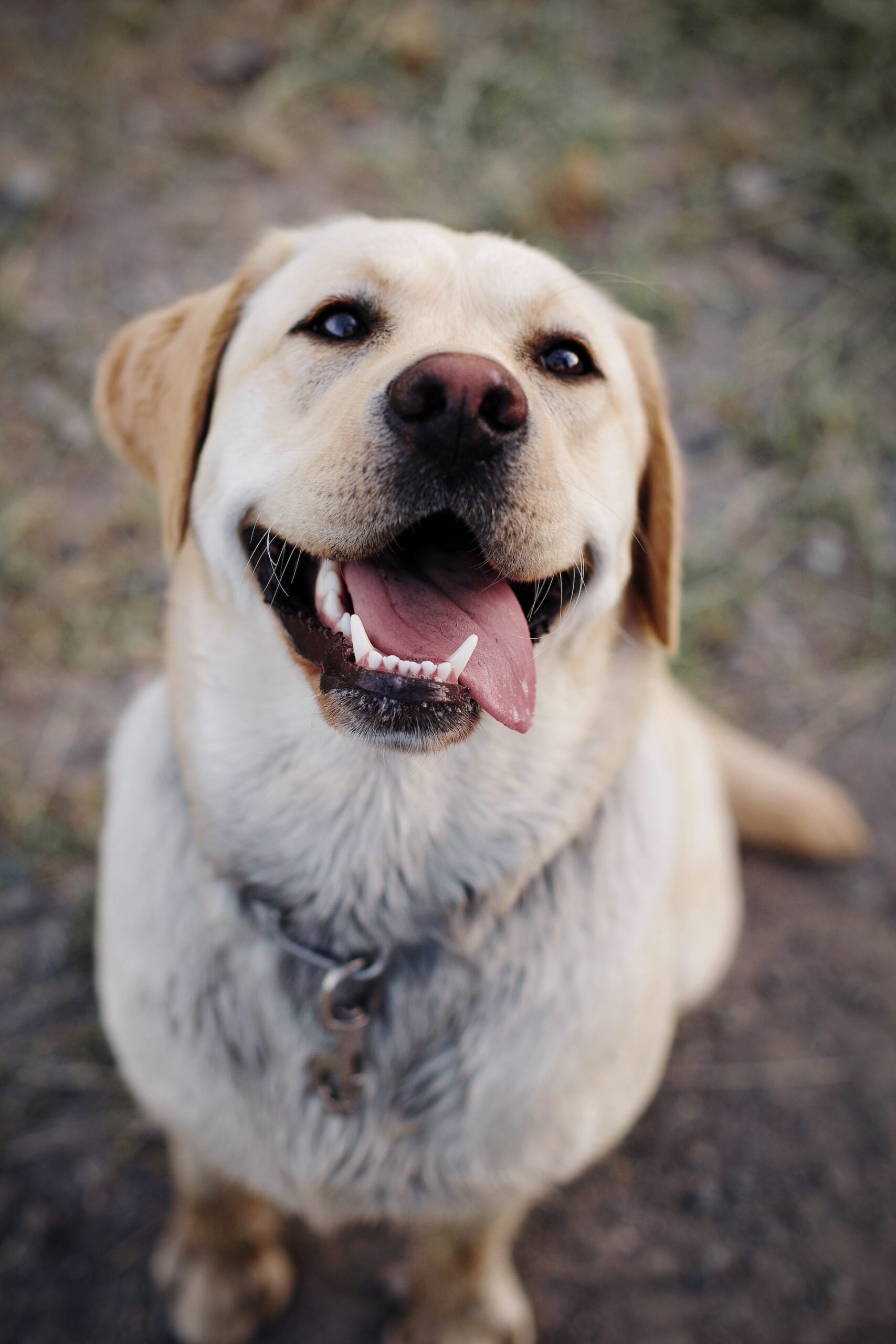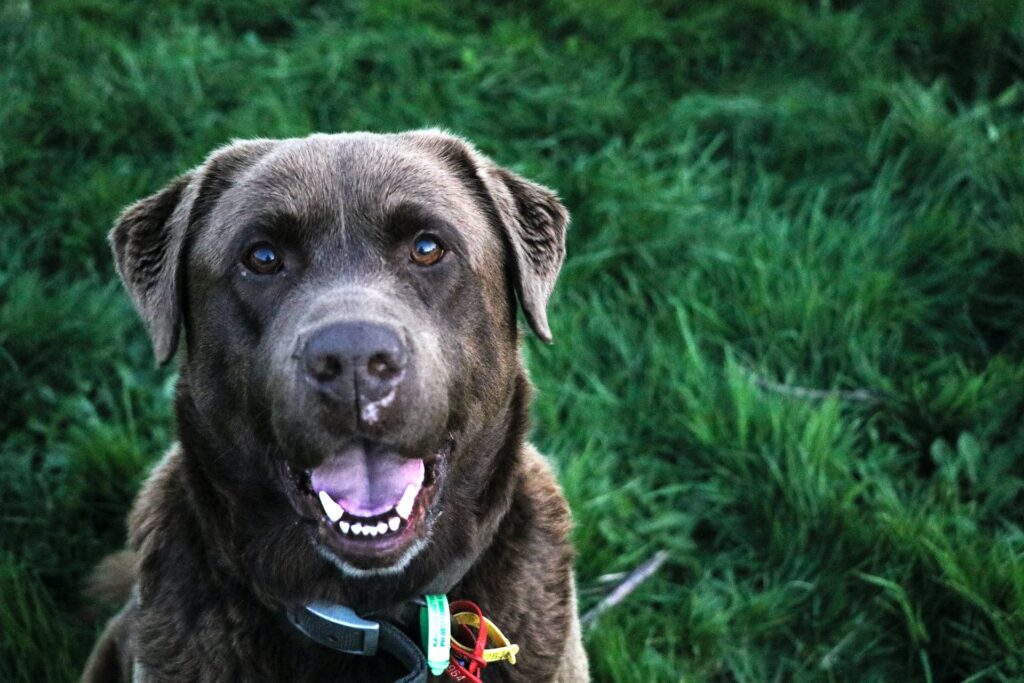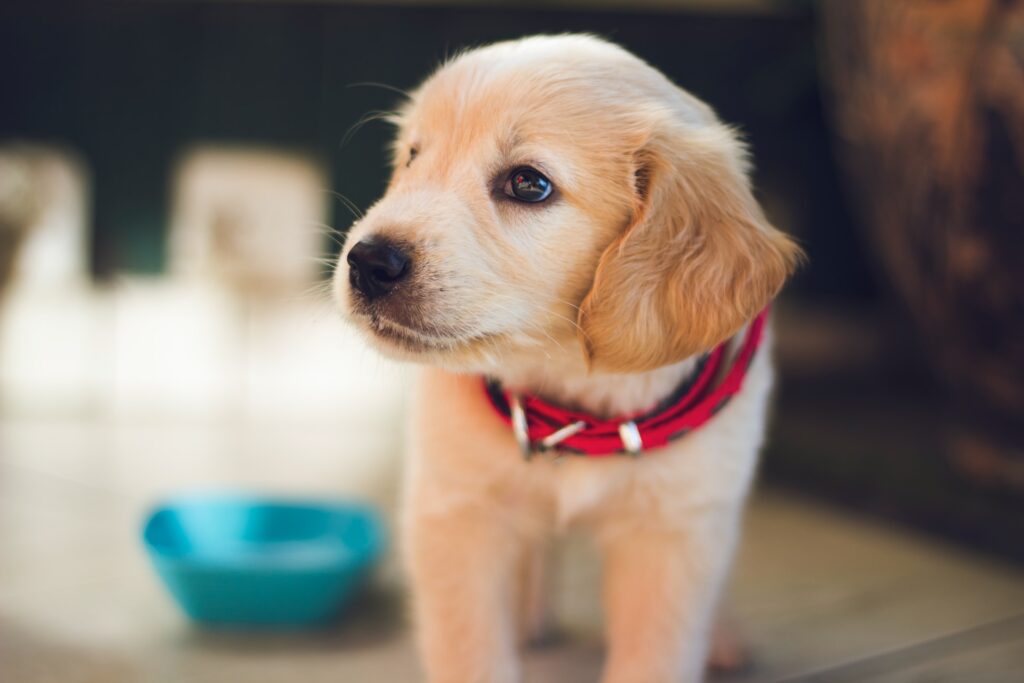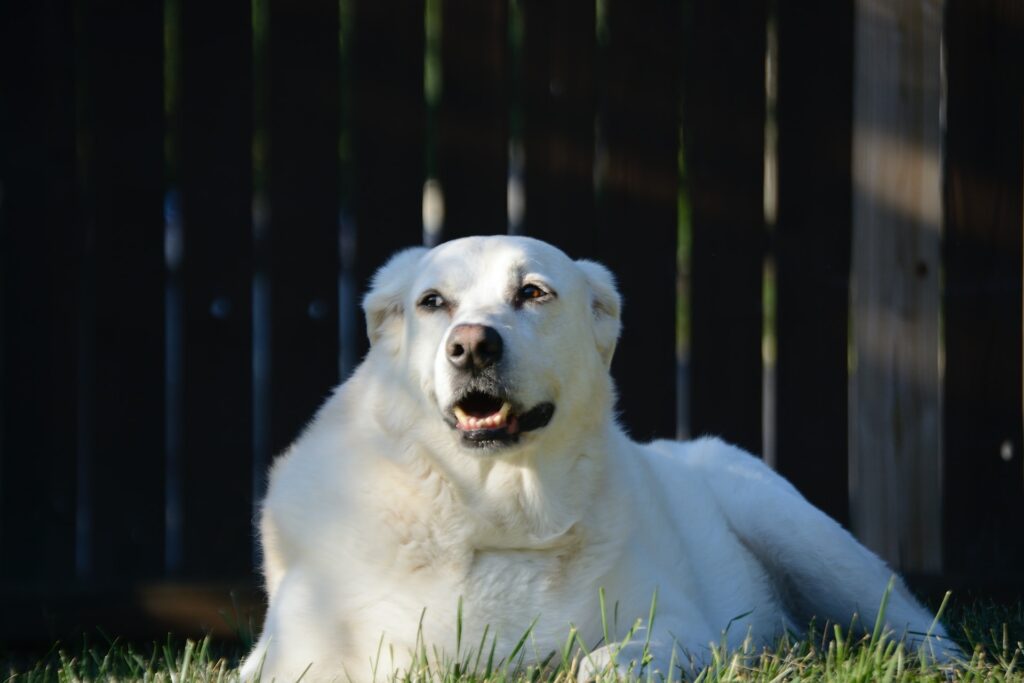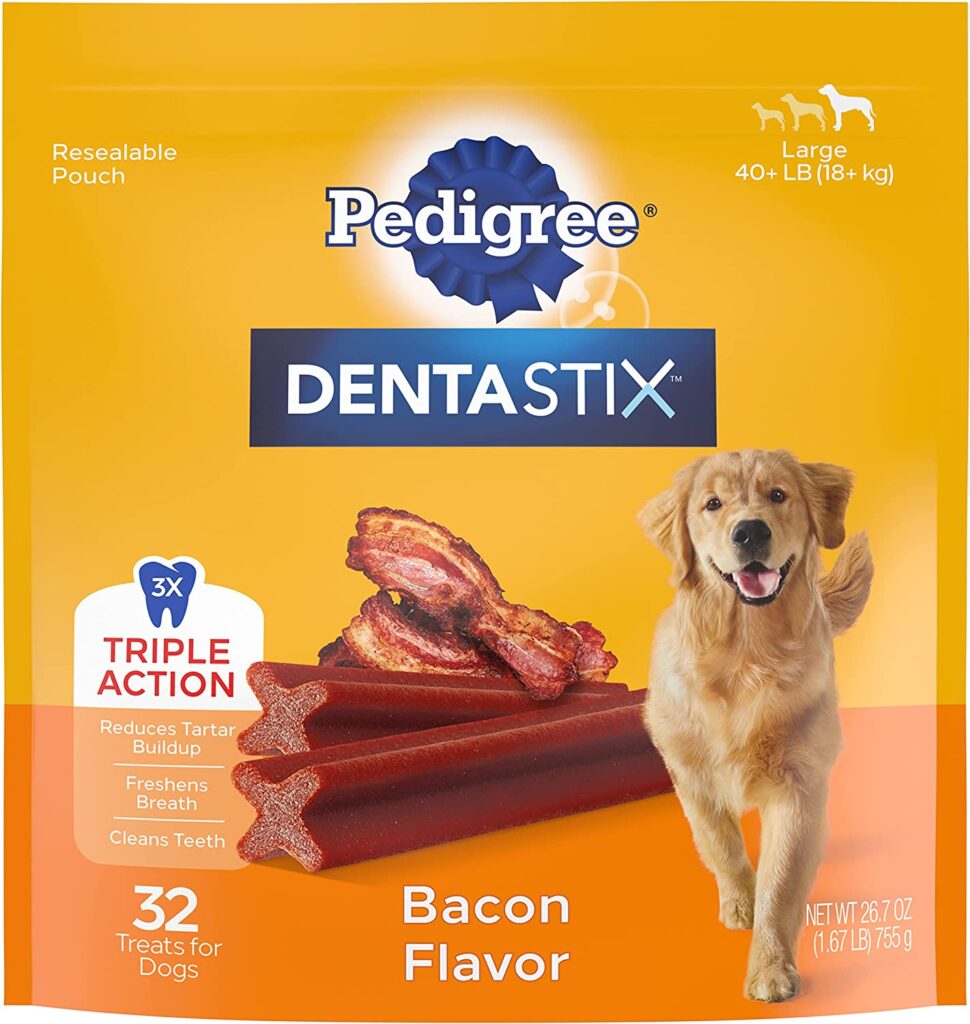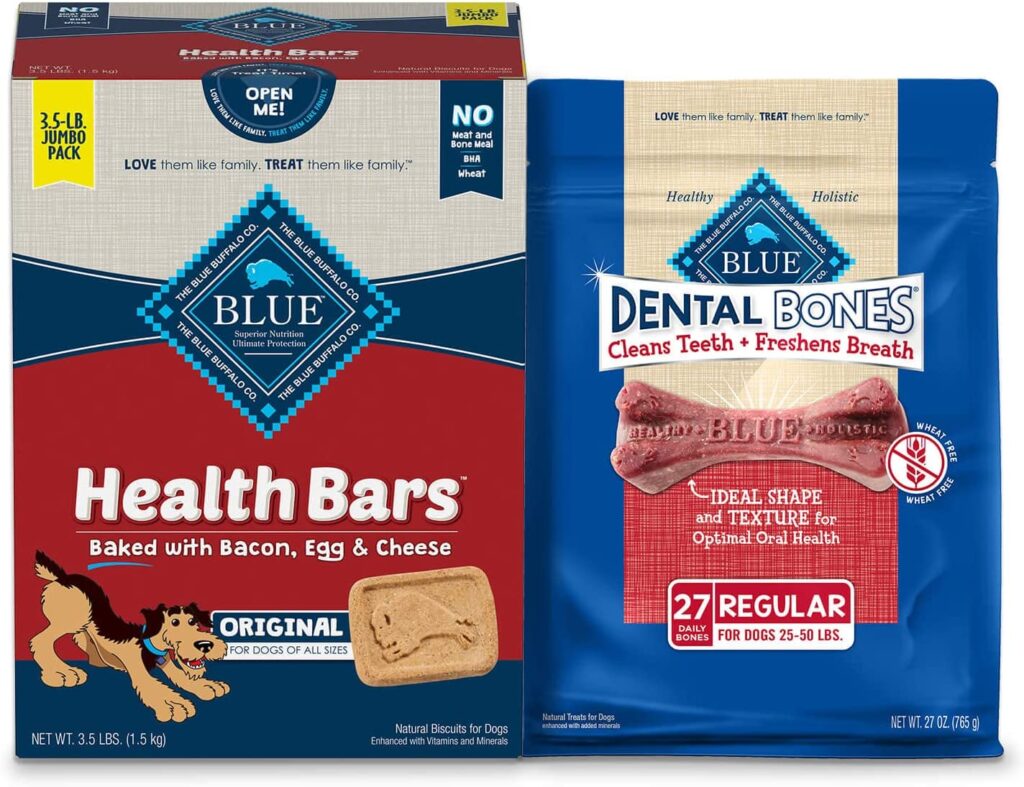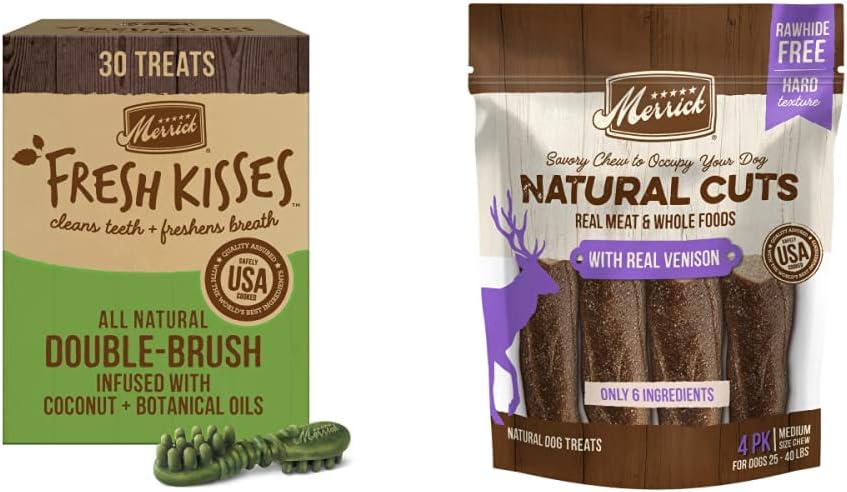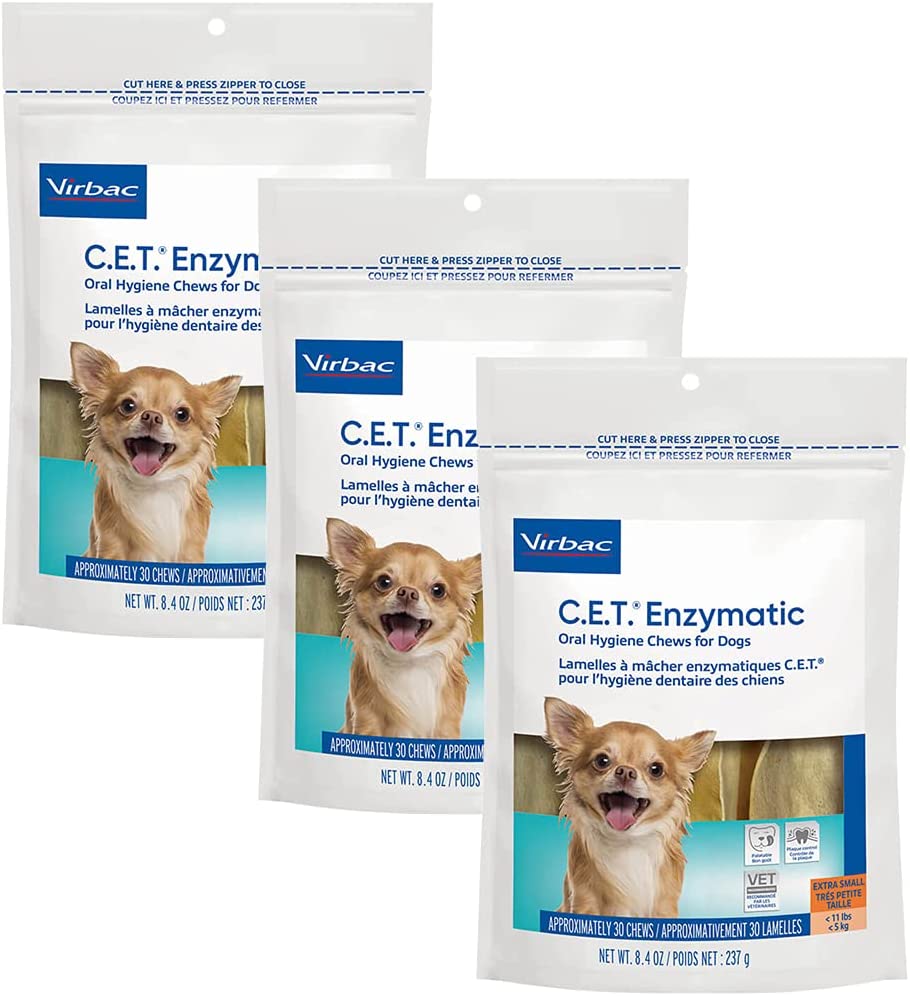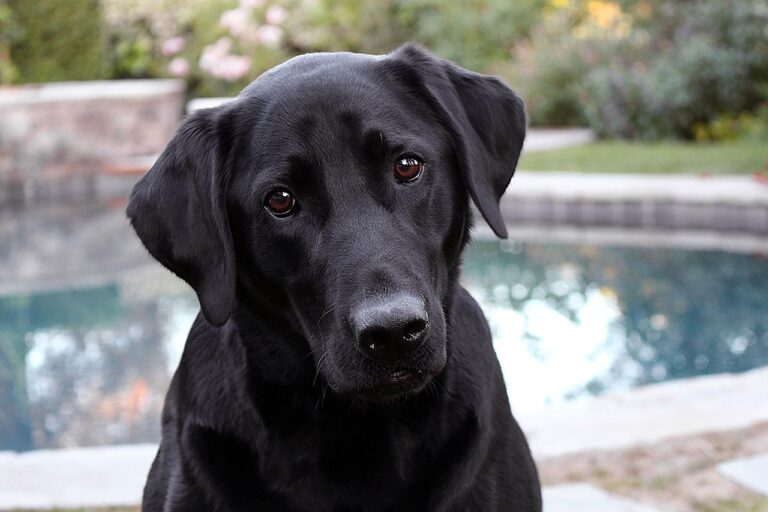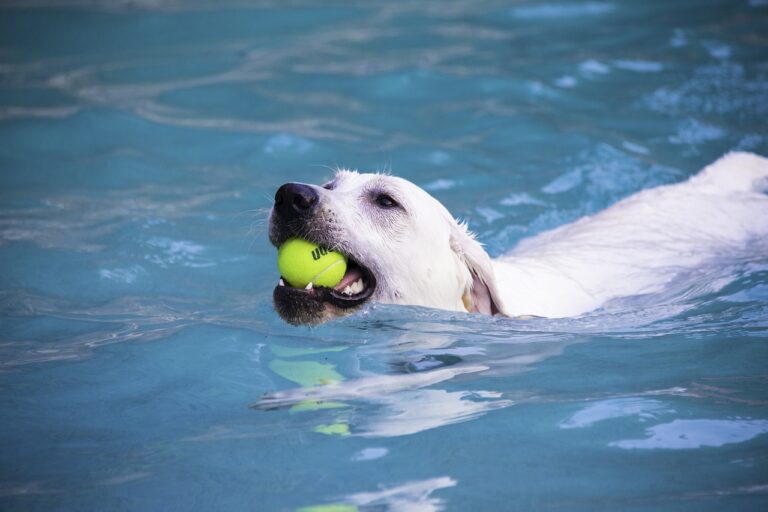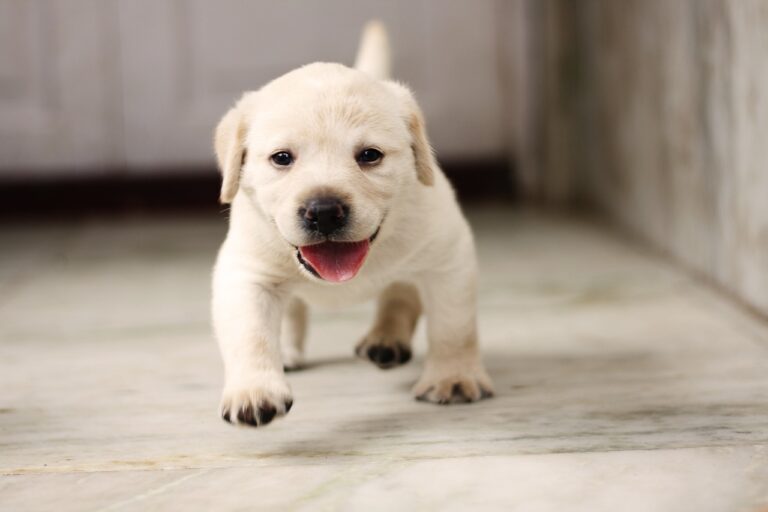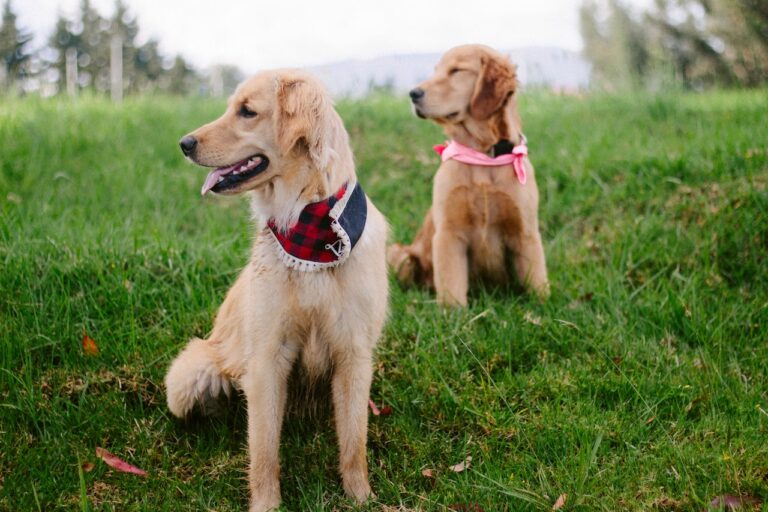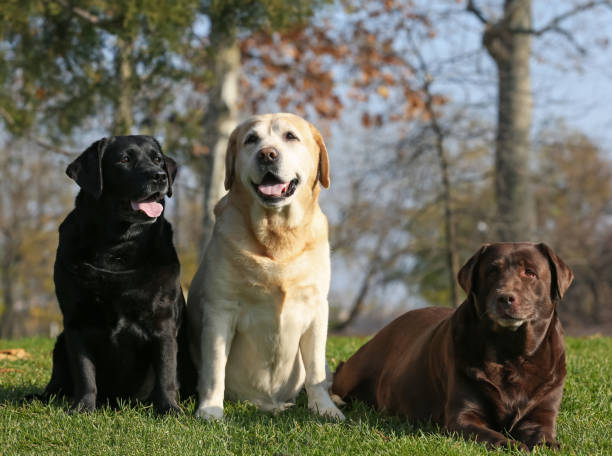How Many Teeth Does a Labrador Have? The Surprising Facts
Have you ever wondered how many teeth does a Labrador have? A Labrador, like any other dog, has a set of teeth that is essential to their daily lives. Their dental health is imperative to their overall well-being, from chewing on their favorite toy to gnawing on a bone.
But just how many teeth does a Labrador have? Well, can you believe it? They have a whopping 42 teeth! That’s 10 more than humans! It’s fascinating to think about, isn’t it? So in this blog post, we’ll explore the intricate details behind a Labrador’s teeth, tips on caring for them, and more.
An Overview of Labrador Retriever Teeth
Labrador retrievers have a strong set of teeth designed for hunting and retrieving purposes. They have strong jaws that allow them to pick up and carry objects easily, and their teeth are sharp and pointed to help them grasp and hold onto their prey.
One unique aspect of Labrador retriever teeth is their dental formula. Labrador retrievers have a dental formula of I 3/3, C 1/1, P 4/4, M, and 2/3. It means they have a full set of incisors, canines, pre molars, and molars. Their teeth are arranged straight, making biting down and gripping their prey easier. Unlike human babies, Labrador retrievers only have one set of teeth in their lifetime, making proper dental care essential.
Timeline for Puppy Teething
So before we answer how many teeth a labrador has, let’s talk about puppy teething. The timeline for puppy and adult teeth can vary, and it is essential to know the stages to help your pup through the process. We will take a close look at the timeline for puppy teeth.
👉Birth
At birth, puppies don’t have any baby tooth yet. They rely on their mother’s milk for survival. Ensuring that the mother is healthy and can provide enough milk to nourish her pups is essential.
👉3 Weeks
Around three weeks of age, the baby’s teeth begin to make an appearance. It is an exciting stage for puppy parents as you begin to see your furry friend’s teeth starting to grow. During this stage, puppies may start to nibble and bite during nursing or playtime.
👉6 Weeks
By six weeks, most of your pup’s baby teeth should be visible. It is when your puppy’s teeth start to take shape and demonstrate their sharpness. It is also the stage when puppies begin to explore the world through biting and chewing.
👉8 Weeks
All of your puppy’s baby teeth should be through at eight weeks. This stage marks the end of the puppy teething stage and the beginning of the adult dog teeth process.
👉3 Months
Around three months, your puppy starts to absorb the roots of the baby teeth. This can cause discomfort and pain for your pup. You may notice your puppy chewing more frequently to relieve discomfort.
👉4 Months
By four months, your pup’s baby teeth may start to loosen and fall out. It is important that you let nature take its course and not interfere with this process. You may see the baby’s teeth come out during playtime or while your pup eats.
👉6 Months
Your pup’s baby teeth should be shed by six months, and the adult teeth should be in their place. At this stage, it is important to ensure that your pup’s adult teeth are healthy and that there are no tooth decay or misalignment issues.
👉8 Months
At eight months, most puppies have all of their adult teeth. Taking good care of your pup’s teeth from now on is essential, including brushing twice daily and scheduling regular check-ups with a veterinarian.
By following the timeline discussed in this guide, you can ensure that your pup’s teeth are healthy and strong into adulthood.
How Many Teeth Does a Labrador Have?
As mentioned, adult dogs have a total of 42 teeth. It includes 20 baby teeth and 22 adult teeth. These teeth are classified into four types according to their purpose and structure.
❕Incisors
There are incisors located in the front of the puppy’s mouth and used for biting and tearing food. Labradors have 12 incisors – six at the top and six at the bottom. These teeth are also used for grooming their fur and expressing emotions.
❕Fangs
The second type of teeth in a Labrador’s mouth is the canine teeth, also known as fangs. These long pointed teeth are located next to the incisors and used for tearing meat, holding objects, and self-defense. The dog has four teeth – two upper and two lower – essential for survival.
❕Premolars
Premolars come third with 16 in total – four in each mouth quadrant. These teeth have a flat surface that helps to grind and tear food. They are located between the canine teeth and molars, and they are essential for the process of digestion.
❕Molars
Lastly are the molars, located at the back of the dog’s mouth. They have large, flat surfaces that help to grind food into smaller pieces suitable for swallowing. The dog has ten molars in total – four at the top and six at the bottom, and they are used for chewing and grinding food for digestion.
From the discussion above, we can see that the structure and number of teeth that a Labrador has been essential to their survival. Each type of tooth has its purpose and uses, contributing to the dog’s overall health.
How to Tell If a Labrador Has All Their Teeth?
So if you’re unsure if your Labrador has all their teeth, there are a few signs to look out for.
1: Look at the Gums
One of the easiest ways to know if your Labrador has all their teeth is to observe their gums. The teeth in dogs develop from the gums and erupt from the surface when fully developed. If you notice gaps in your Labrador’s gums, they are likely missing some teeth. Alternatively, you can also look for baby teeth still present between the adult teeth.
2: Check Their Eating Habits
It’s also essential to check your Lab’s eating habits to know if they have all their teeth. If your furry friend has lost a tooth, they may have difficulty chewing their food or avoiding certain food types. Look out for any changes in their appetite and be cautious of food falling out of their mouth while eating.
3: Observe their Behavior
Labradors are active dogs that love to play and chew on objects. If you notice that your Lab is not interested in chewing or playing with chew toys, it could be a sign of dental problems. Pay attention to their behavior; if you suspect anything is wrong, take them to the vet for a check-up.
By observing your Labrador’s gums, eating habits, and behavior, you can tell if they have all their teeth.
Common Oral Health Issues That Labrador Retrievers Face
Now that you know how many teeth a Labrador has, it’s also important to be aware of the common oral health issues they can face. Some of these issues have already happened to my pups, so I am sharing this with you to help you be prepared.
◼️Periodontal Disease
Periodontal disease is one of the most chronic oral health problems that dogs, including Labrador Retrievers, experience. It is a bacterial infection that affects the gums and leads to inflammation and damage to the surrounding tissues. The condition begins with plaque, which, if not removed, turns into tartar and leads to gingivitis. Over time, gingivitis can progress to periodontitis and affect the teeth’ roots, leading to tooth loss. The symptoms of periodontal disease include bad breath, swollen gums, bleeding gums, yellowish-brown deposits on teeth, and tooth decay.
Maintaining good oral hygiene in your Labrador Retriever is crucial to prevent periodontal disease. Brushing their teeth regularly, feeding them quality dog food, and providing them with dental chews are some ways to keep their teeth clean and healthy. If your Labrador Retriever has developed periodontal disease, your vet may recommend professional cleaning or, in severe cases, surgical treatment.
◼️Malocclusion
Malocclusion is a common dental problem among dogs, including Labrador Retrievers. It is a condition where the upper and lower jaws do not align correctly, leading to overcrowding and misalignment of teeth. Malocclusion can cause several oral health issues, such as tooth decay, gum disease, and difficulty chewing and biting.
It is essential to note that malocclusion can be a genetic condition, which is passed down from generation to generation. Regular dental check-ups can help identify malocclusion in its early stages and prevent complications. Your vet may recommend orthodontic treatments or tooth extractions to correct malocclusion.
◼️Tooth Fractures
Tooth fractures are another common oral health problem that Labrador Retrievers experience. They can occur for several reasons, such as chewing hard objects, falls, or trauma. Tooth fractures can be painful and create a breeding ground for bacteria, leading to infections. The symptoms of tooth fractures include difficulty eating, pain, and swollen gums.
Getting your Labrador Retriever to see a vet if you suspect a tooth fracture is essential. Depending on the severity of the fracture, your vet may recommend dental treatments such as filling, root canal treatment, or extraction.
◼️Mouth Tumors
Mouth tumors in dogs, including Labrador Retrievers, are malignant or benign tumors in the oral cavity. They can occur in the gums, lips, tongue, palate, or any other part of the mouth. The symptoms of mouth tumors include bleeding from the mouth, difficulty eating, weight loss, and bad breath.
It is crucial to identify mouth tumors early to prevent them from spreading to other parts of the body. Your vet may recommend surgical procedures, radiation therapy, or chemotherapy to treat malignant tumors. Benign tumors may only require monitoring, but your vet may still recommend removing them if they interfere with your dog’s quality of life.
◼️Broken or Cracked Teeth
Broken or cracked teeth can happen due to physical activity or chewing on hard objects such as rocks, bones, or sticks. Broken or damaged teeth can be painful for your pet and lead to periodontal disease. If you notice any signs of tooth damage, like bleeding, sensitivity, or reluctance to eat, bring your pet to the vet as soon as possible.
In some cases, your vet can fix a broken or cracked tooth with a dental filling. In more serious cases, however, your vet may recommend extracting the tooth to prevent further damage to the surrounding teeth and gums.
◼️Tartar and Plaque Buildup
Tartar and plaque buildup are common in Labradors since they tend to have more gums than teeth. This area becomes a breeding ground for bacteria, leading to plaque and calculus buildup. This, in turn, can lead to periodontal disease, as discussed earlier. Similarly to humans, a regular cleaning and scaling program can help keep your pet’s oral health in good shape.
In addition to scaling and polishing, you can also help prevent tartar buildup by regularly your pet’s teeth. If you notice any tartar buildup or gingivitis, take your Labrador Retriever to the vet for a dental check-up. Your vet may recommend extractions or professional cleaning depending on the severity of the condition.
Overall, Labrador Retrievers require regular dental care to maintain their oral health and protect them from any serious illnesses or conditions that could arise due to poor oral hygiene.
Dental Treats That Can Help Keep Your Labrador’s Teeth Healthy
So, how can you keep your pup’s pearly whites healthy? One solution is to give your Labrador dental treats. Here are some of the best dental treats to help keep your furry friend’s teeth healthy and clean.
1: Greenies Dental Chews
Greenies Dental Chews are a popular choice when it comes to dental treats. Made with natural ingredients and designed to clean a dog’s teeth down to the gum line, these chews come in various sizes to suit all breeds. Greenies work by wiping away plaque and tartar while freshening breath at the same time. Not to mention, dogs seem to love the taste! Just be sure to watch your pup when they’re chewing, as some dogs may try to gulp down the treat without chewing first.
2: Pedigree Dentastix
Another popular dental treat is Pedigree Dentastix. These treats come in small, medium, and large sizes to suit all breeds and are designed with a unique X-shape to clean every corner of your dog’s teeth and gums. It is made with rice flour and wheat; these chews are easy to digest and help reduce plaque and tartar buildup. They’re also low in fat, which makes them a healthy option for weight-conscious dogs.
3: WHIMZEES Dental Chews
If you’re looking for a dental treat free from artificial preservatives and low in calories, WHIMZEES Dental Chews could be just what you need. It is made with natural ingredients such as potato starch. These chews come in fun shapes and sizes that dogs love. It is designed to break down tartar and plaque buildup; this treat is safe to digest and helps keep your pup’s breath smelling fresh.
4: Oravet Dental Chews
Oravet Dental Chews are another popular option when it comes to dental treats. These chews are designed to form a protective barrier in your dog’s mouth, which helps repel bacteria and prevent plaque and tartar buildup. Its made with delmopinol, a common ingredient in human mouthwash; these chews are clinically proven to reduce bad breath, plaque, and tartar buildup.
5: Blue Buffalo Dental Bones
Blue Buffalo Dental Bones are another great dental treatment option for your Labrador. It is from real chicken. These bones are designed to help clean teeth and freshen breath. They’re also grain-free, which makes them a great option for dogs with food allergies. Blue Buffalo Dental Bones come in different sizes to suit all breeds and are free from artificial preservatives, flavors, and colors.
6: Merrick Fresh Kisses
Merrick Fresh Kisses is another excellent dental treatment for your furry friend. These grain-free treats are made with natural ingredients such as potatoes, peas, and coconut oil, which help freshen your dog’s breath, prevent tartar buildup, and promote healthy gums. What sets Merrick Fresh Kisses apart from other dental chews is their unique double brush design that cleans your dog’s teeth from all angles.
7: Virbac C.E.T. Enzymatic Oral Hygiene Chews
The Virbac C.E.T. Enzymatic Oral Hygiene Chews are designed to support your dog’s oral hygiene. It is made with beef hide with an enzyme coating that helps break down plaque and tartar, promoting healthy teeth and gums. These chews come in various sizes and flavors and are also suitable for dogs with sensitive stomachs.
These are just a few dental treats available for your Labrador Retriever. Be sure to speak with your vet about which type of treat best suits your pup.
Frequently Asked Questions
Do all Labrador Retrievers have 42 teeth?
Well, I had never looked into dog teeth of every single Labrador Retriever out there, so I couldn’t say for sure. However, as a proud owner of a four-legged friend of this breed, I must admit I’ve had a peek into my furry pal’s mouth a fair amount of times. Endless hours of playing fetch and tug-of-war have allowed me to examine his teeth closely, and I’ve got to say they all look in tip-top shape. Now, whether there are outlying Labradors out there with unique dental patterns is beyond me, but I’ll stick to my furry friend’s perfect set of chompers any day!
Can a Labrador survive without teeth?
My veterinarian informed me that my pup would need nearly all his teeth removed due to severe dental disease. My first thought was, “How will he eat? Can he survive without teeth?” I was worried about my furry best friend’s future, but the vet assured me that many dogs could continue to thrive with a toothless smile. And she was right – my lab easily adapted to his new diet and still enjoyed every second of playtime and fetch. In fact, now I think his toothless grin adds to his charm. Though it may sound strange to some, I can confidently say that my toothless Lab is just as happy and healthy as any other pup out there.
Do labs feel tooth pain?
I can tell you that these furry friends experience tooth problems just like we do. It’s heartbreaking to see your fur baby in pain, especially when you don’t know the cause of it. I remember when my labrador was continuously biting and whining in discomfort. As it turned out, he had a tooth infection causing him much pain. We got him to the vet immediately, and he was immediately given pain relief medication and antibiotics. From then on, we became more cautious about his dental hygiene. Now, we brush his deciduous teeth regularly and monitor any signs of discomfort. It’s essential to remember that just like us, our furry friends can suffer from tooth pain, too, so always watch for anything that seems out of the ordinary.
How often should you brush your labs teeth?
As a dog lover and owner myself, I make sure to brush my lab’s teeth at least once a day. Not only does it help keep their breath fresh (which is always a plus), but it also helps prevent dental problems later on. And let’s be honest, who doesn’t love a good doggy smile? If you’re having trouble getting your pup to cooperate with the toothbrush, try switching to dental chews or treats instead. Regular brushing is essential for keeping your dog teeth healthy and strong for years.
Final Words
After researching how many teeth does a Labrador have, I am astounded at the precision and intricacy of their dental structure. It’s amazing how every single tooth is perfectly designed to help them eat, play, and interact with their beloved humans. As a dog lover, I appreciate every tooth in my furry friend’s mouth, especially when they flash me that slobbery grin. Knowing how important their teeth are to their overall health and well-being, I will ensure my loyal companion’s teeth are given the best care possible. And I hope you do the same too!

